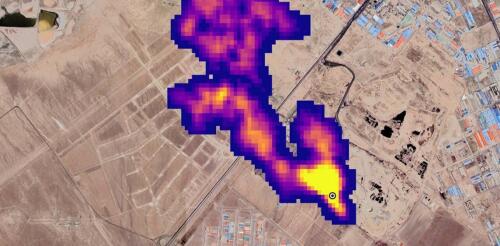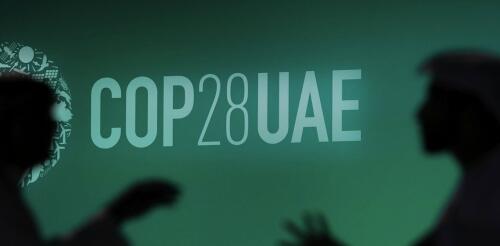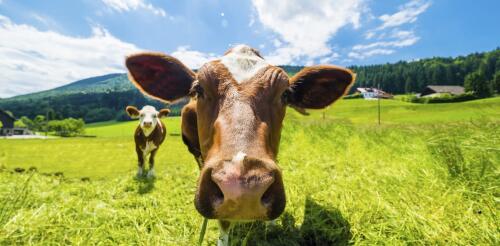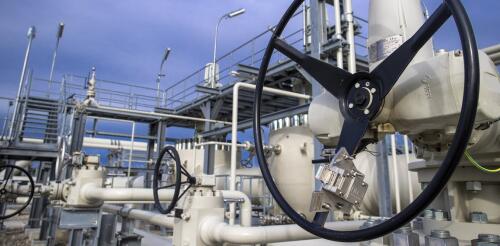Methane leaks
Methane, a potent greenhouse gas, is being released from landfills and oil and gas operations around the world in far larger amounts than governments realized, recent airborne and satellite surveys show. That’s a problem for the climate as well as human health. It’s also why the U.S. government has been tightening regulations on methane leaks and wasteful venting, most recently from oil and gas wells on public lands. The good news is that many of those leaks can be fixed – if they’re spotted quickly. Riley Duren, a research scientist at the University of Arizona and former NASA engineer and scientist, leads Carbon Mapper, a nonprofit that is planning a constellation of methane-monitoring satellites. Its first satellite, a partnership with NASA’s Jet Propulsion Laboratory and the Earth-imaging company Planet Labs, launches in 2024. Duren explained how new satellites are changing companies’ and governments’ ability to find and stop methan...
The United Nations climate conference is underway in Dubai, and representatives from around the world will be confronting an extraordinary array of challenges over its two weeks. They carry with them some long-held – and new – grievances, and strong expectations. Framing the agenda is a “global stocktake” – an assessment of progress toward the 2015 Paris Agreement to keep global warming in check. Unsurprisingly, as record-breaking extreme heat has underscored so powerfully in 2023, the world is not on track. To cut emissions, progress is needed on national economic and fiscal policies, such as taxing pollution and ending subsidies for fossil fuels that are even higher today than before the pandemic, and on funds and commitments to speed a global energy and economic transformation. Funding for adaptation and disaster recovery is also high on the agenda. The United Nations’ 2023 Emissions Gap Report show...
New Zealand, where agriculture is one of the largest contributors to climate change, is proposing a tax on cow burps. The reason seems simple enough: Cows release methane, a potent greenhouse gas, and New Zealand has a goal of reaching net-zero emissions by midcentury. Right now, the country’s effects on climate change come roughly equally from carbon dioxide and methane. Worldwide, 150 governments have committed to cut methane emissions, both from agriculture and by cracking down on the largest source – fugitive leaks from natural gas pipelines and other fossil fuel infrastructure. But is methane from cows really as bad for the climate as methane from fossil fuels? And given its shorter lifetime in the atmosphere, is methane as bad as carbon dioxide? The answers involve renewable resources and the so-called circular economy. Understanding the effectiveness of different strategies is important as countries plan their routes to net-zero emissions, which is necessary...
What’s the cheapest, quickest way to reduce climate change without roiling the economy? In the United States, it may be by reducing methane emissions from the oil and gas industry. Methane is the main component of natural gas, and it can leak anywhere along the supply chain, from the wellhead and processing plant, through pipelines and distribution lines, all the way to the burner of your home’s stove or furnace. Once it reaches the atmosphere, methane’s super heat-trapping properties render it a major agent of warming. Over 20 years, methane causes 85 times more warming than the same amount of carbon dioxide. But methane doesn’t stay in the atmosphere for long, so stopping methane leaks today can have a fast impact on lowering global temperatures. That’s one reason governments at the 2022 United Nations climate change conference in Egypt focused on methane as an easy win in the climate battle. So far, 150 countries, including the United States...



